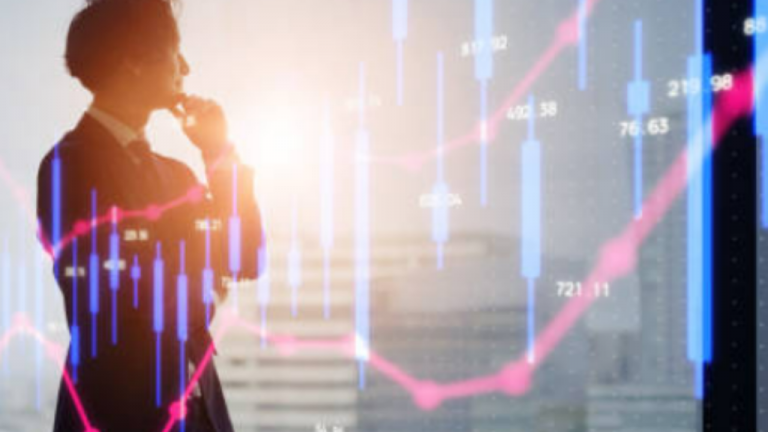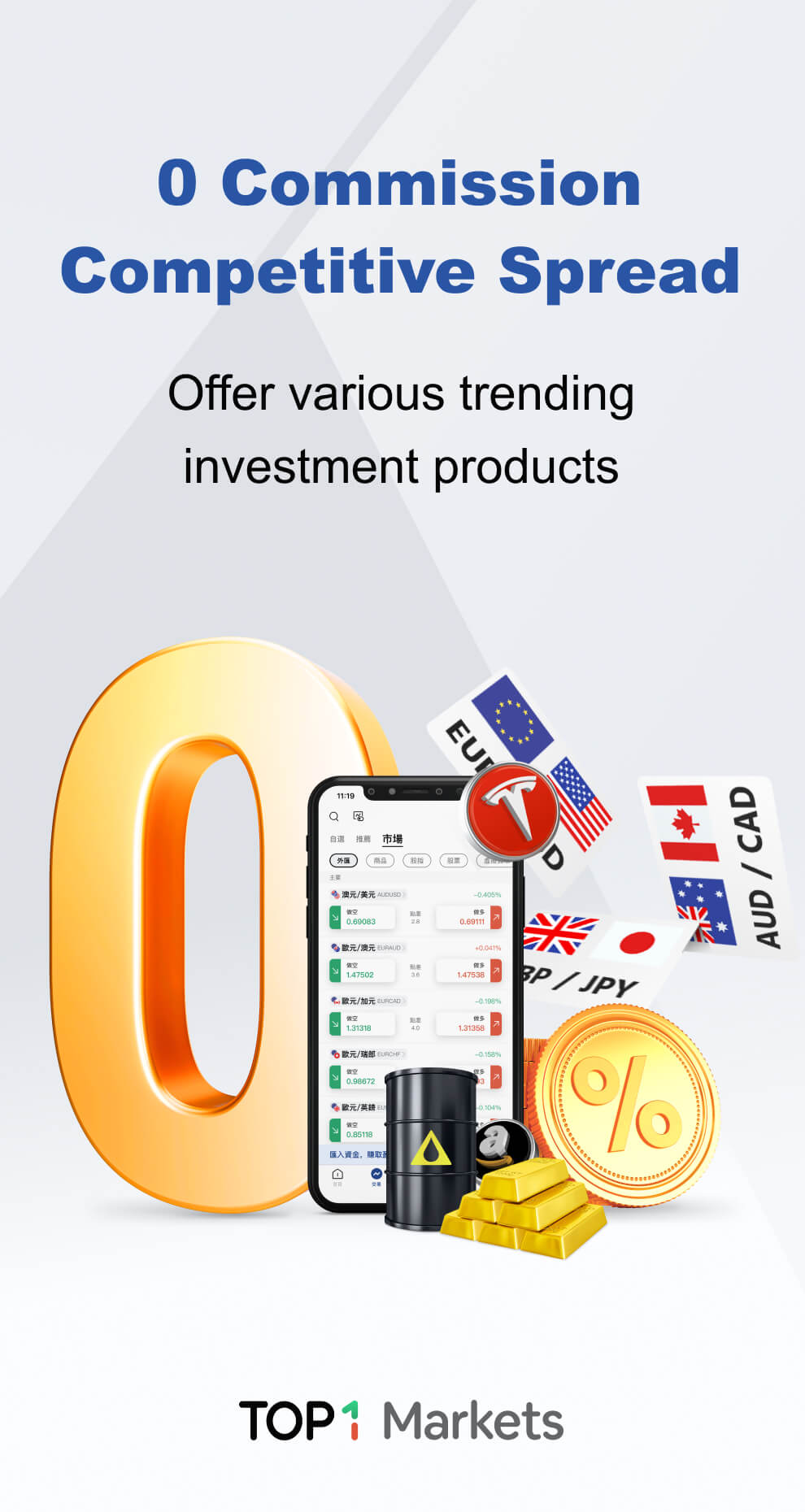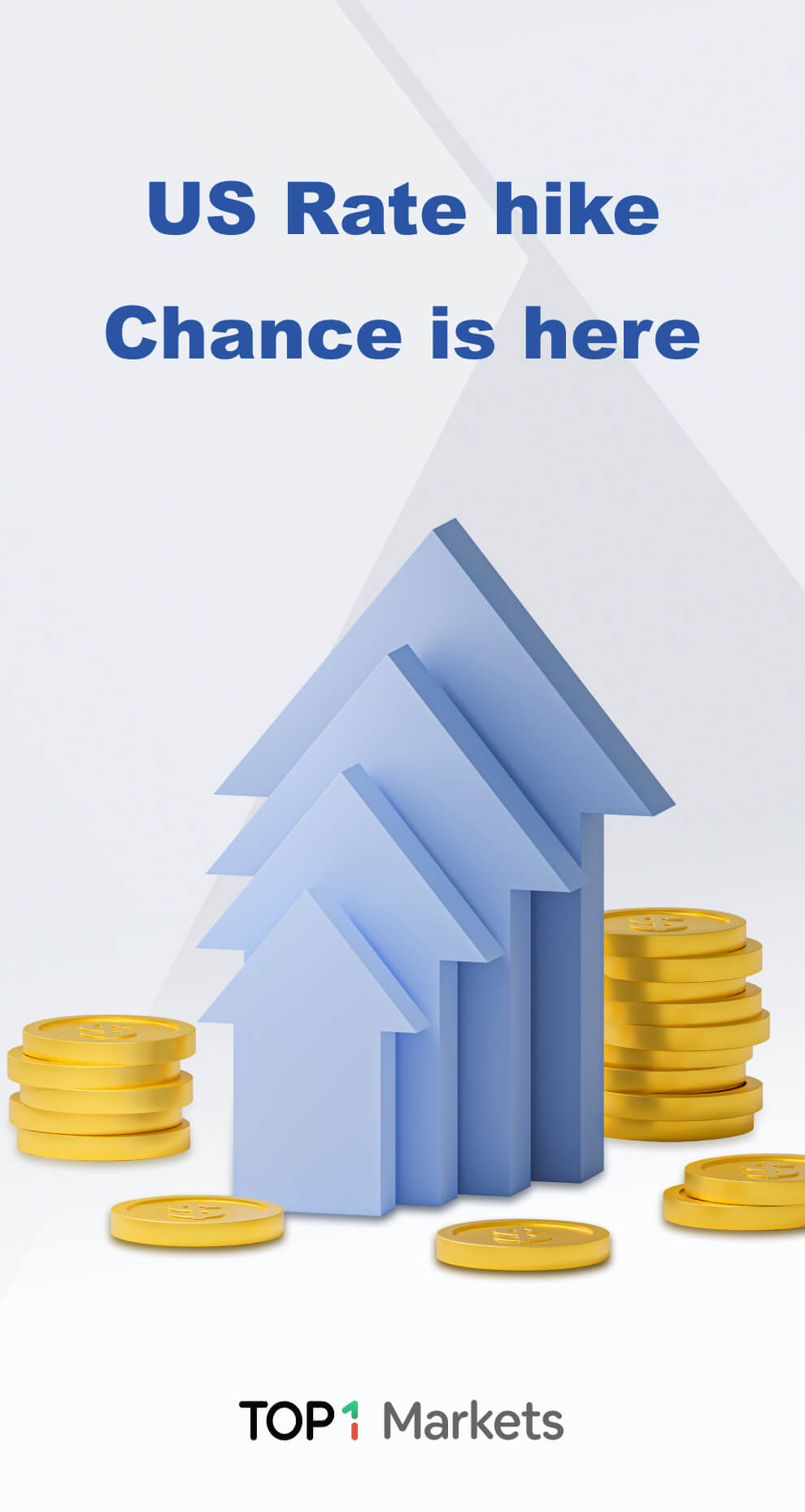Asian stocks climbed in a bumpy day on Thursday as investors drew cues from good U.S. data and results and as nervousness over Nancy Pelosi’s visit to Taiwan subsided.
Hong Kong technology stocks led the effort at a comeback with a 2.8% rise, recouping some of the losses sustained as Sino-American tensions escalated over House Speaker Pelosi’s visit to Taiwan this week, which upset China. (HK)
The Hang Seng gained 1.7%. Japan’s Nikkei rose 0.7 percent . The biggest index of Asia-Pacific stocks tracked by MSCI increased by 0.5%, while crude oil prices stabilized after falling on news of weakening demand and rising supply.
During the Asian afternoon, S&P 500 futures were down 0.1%. European futures jumped 0.3%, but FTSE futures remained unchanged, as the market anticipated the highest Bank of England rate rise in 27 years.
A 50 basis point (bps) raise is nearly priced in, so the pound may struggle in the absence of a hawkish surprise — particularly given the British economic outlook is dismal while U.S. data has provided positive surprises.
Sterling remained stable at $1.2157.
Wednesday’s ISM report indicated that the U.S. services sector surprisingly improved in July, causing a selloff in Treasuries and rallies for U.S. equities and the dollar, with the Nasdaq gaining 2.5% to a three-month high.
Brian Daingerfield, head of G10 foreign currency strategy at NatWest Markets, characterized the move as “Goldilocks-like.”
“Markets with more exposure to risk were quick to accept the growth signal provided by the ISM reading, while (being) somewhat less concerned by the tightening of financial conditions supported by the data.”
This week, Fed officials have offered a chorus of hawkish commentary, causing the short end of the yield curve to suffer. In Asia, two-year Treasury rates were at 3.0815 percent, up 18 basis points (bps) this week. The benchmark 10-year yield has remained at 2.7191 percent.
TENSIONS
As uncertainty lingers surrounding the future for GDP and interest rates, currency markets have also struck a lull. The dollar has paused a drop that began in mid-July, aided by both expectations of a rate rise and heightened political tension.
Fed funds futures continue to be priced for rate cuts to begin by the middle of next year, and the inversion of the U.S. yield curve, with 10-year rates below 2-year yields, indicates that investors believe the course of rate hikes will harm economic development.
David Ratliff, head of banking and capital markets for Asia Pacific at Wells Fargo (NYSE:WFC) in Hong Kong, believes the market will continue to be volatile. People are beginning to comprehend the present Fed tightening cycle and speed.
The dollar index remained unchanged at 106,390. Due to Europe’s energy crisis, one euro was worth $1.0165. A record Australian trade surplus provided a little boost to the Australian dollar, which jumped 0.2% to $0.6968.
Sabre (NASDAQ:SABR) rumbling in the Taiwan Strait took a bit of a backseat during the Asia session, but choppy activity in Chinese markets indicated investors still saw a significant amount of concerns. [.SS]
A day following Pelosi’s visit, China started unprecedented live-fire military exercises in six locations surrounding Taiwan.
Brent oil prices remained steady at $96.81 a barrel.
The spot price of gold increased 0.4% to $1,771 per ounce.
Alibaba (NYSE:BABA), Credit Agricole (OTC:CRARY), Lufthansa (LHAG.DE), and Bayer (OTC:BYYR) are expected to report earnings later today.




